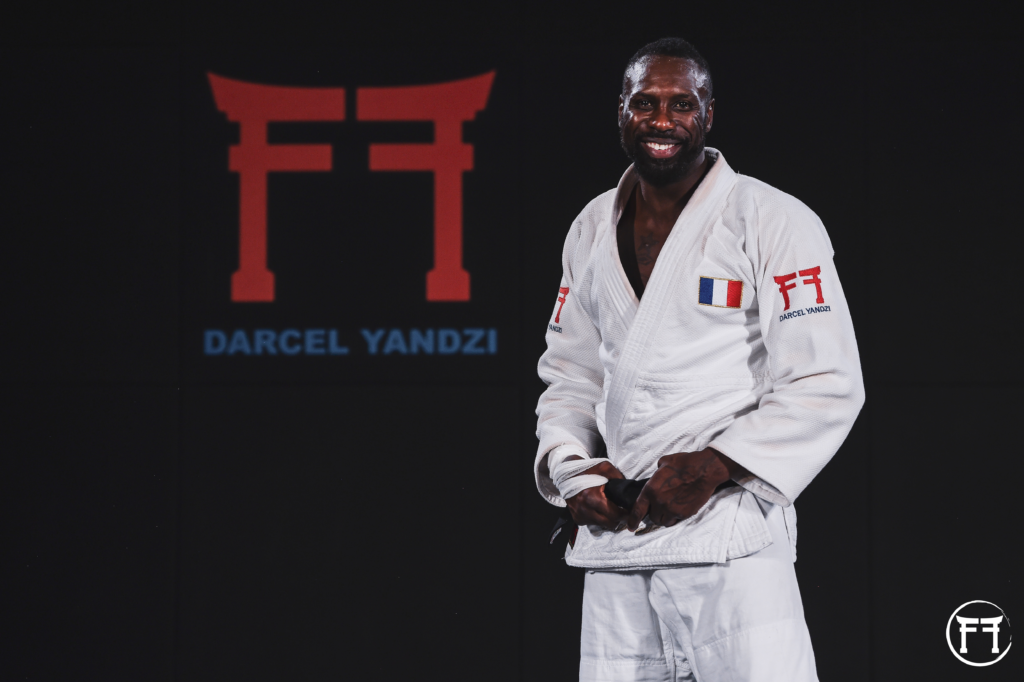We often hear about IJF-approved kimonos. But what does it mean? Why the IJF standard? We explain everything.
To ensure fair competition, the International Judo Federationsets standards for all equipment used in international competition.
At present, it’s the presence on your Judogi of a red-rimmed label showing the IJF logo that indicates that it meets current standards.
Since 2015, kimonos have been softer and lighter. According to the previous standard, to which a Judogi such as the Superstar Original corresponds, kimonos were hard to grip and heavy to wear. This made it easier to get his opponent to let go and thus lengthened the Kumikatas phases.
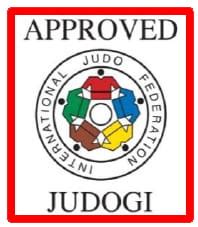
The IJF kimono
With the new standard, the IJF wanted to make judo more spectacular by promoting offensive judo. It’s a way of reconnecting with a more artistic form of judo, closer to a Japanese aesthetic in the quest for Ippon. The weight of an approved kimono is therefore between 650 and 750 gr/m².
Finally, the kimono must have certain reinforcements, such as on the shoulders, chest, armpits, knees and side openings. The jacket must be woven in Sashiko, i.e. rice grain. Such is the case with our Superstar 750 kimono.
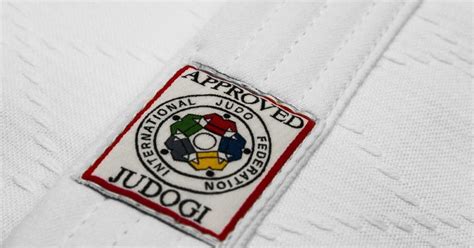
The belt
Unlike those for kimonos, standards for belts have not evolved and are still the same. Approved belts are made of cotton only. They have between 8 and 13 stitching lines and vary in size from 4 cm to 4.5 cm, with a thickness of 4 to 5 mm.
Black belts cannot have white lines, for men or women. Belt standards remain the same, with old belts still accepted for international competitions.
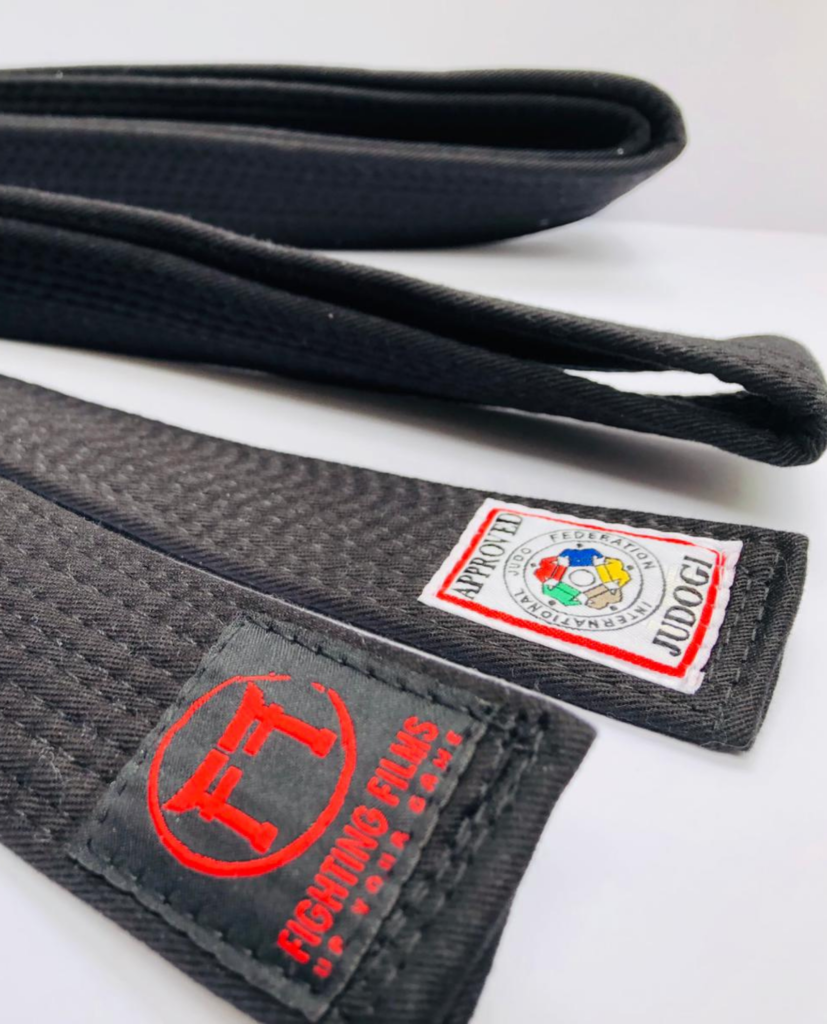
How to wear your IJF kimono?
The IJF has codified the wearing of kimonos:
- The kimono sleeves should fit at the base of the wrist. There is a maximum tolerance of 1 cm.
- The pants should not rise more than 5 cm above the malleolus.
- The space between the fabric and the arm or leg should be between 10 and 15 cm.
- The bottom of the jacket should coverthe buttocks by 5 to 10 cm.
- The distance between the points where the jacket passes through the waistband must be 25 cm.
- Once fastened, the belt must not come undone by pushing on either end. These should be 20 to 30 cm from the node. And it must be worn above the hip bone.
- In international competitions, fighters must wear a white kimono and a blue kimono.
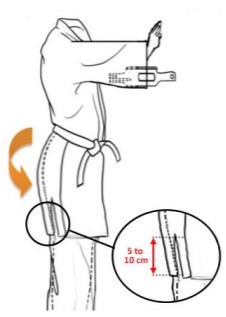
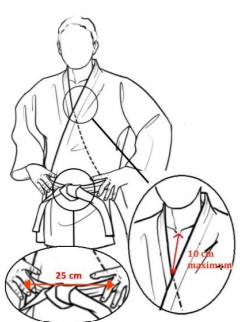
Discover the IJF’s complete guide to kimono standards and rules here.
The verification procedure
The judoka must present himself at the judogi inspection in the same outfit as he will be entering the judogi area.
combat. If an athlete does not comply with IJF rules concerning judogi, the athlete will wear a reserve judogi and will not be allowed to have a coach.
Which Fighting Films kimono should I choose?
Fighting Films, with kimono Superstar 750 kimonokimono, is one of 16 brands to meet this standard.
The obligation to comply with the IJF standard only applies to international competitions. For national competitions, other kimono models such as the Superstar Original or Black Label can be worn.
However, an approved judogi, such as the Superstar 750, is suitable for all types of judoka.
In fact, its close-fitting cut allows greater freedom of movement, and its soft, resistant fabric makes for pleasant training sessions, conducive to progress.
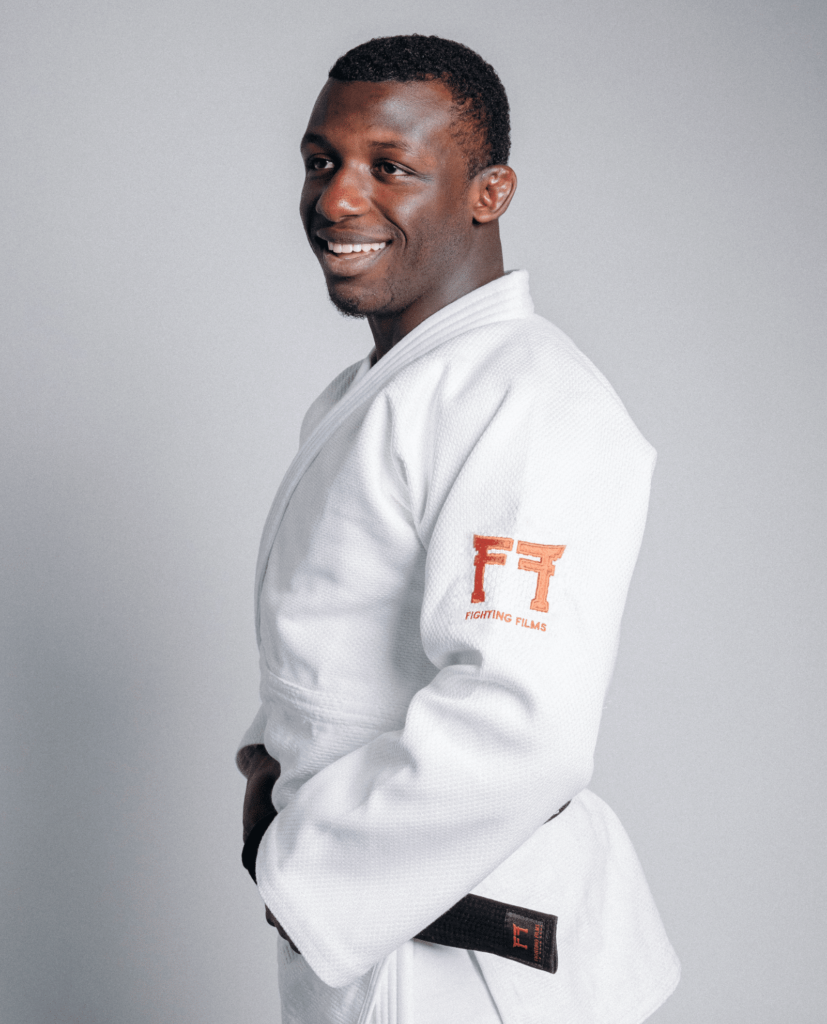
Fighting Films ambassadors
Here are some of our Fighting Films ambassadors who chose the Fighting Films Superstar 750 kimono:
- Darcel Yandzi, European bronze medallist and European champion, trainer at INSEP ;
- Sofiane MilousEuropean champion and 5th at the London Olympic Games;
- Loic Pietri, world champion in 2013 and winner of several grand prix and grand chlem titles
